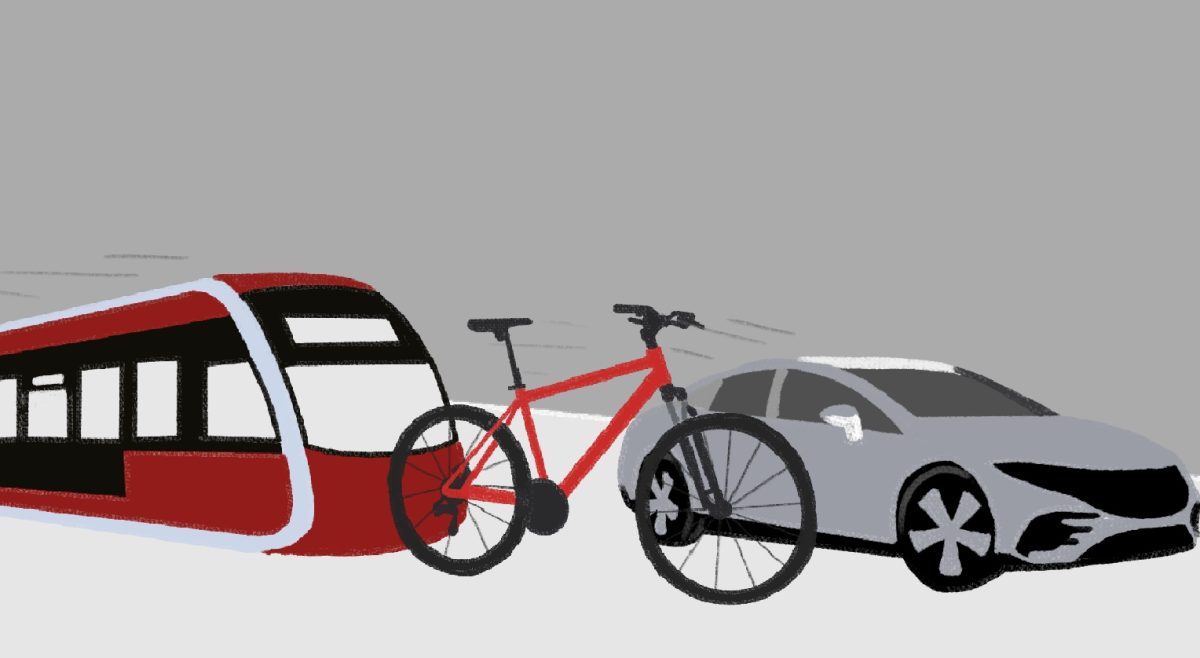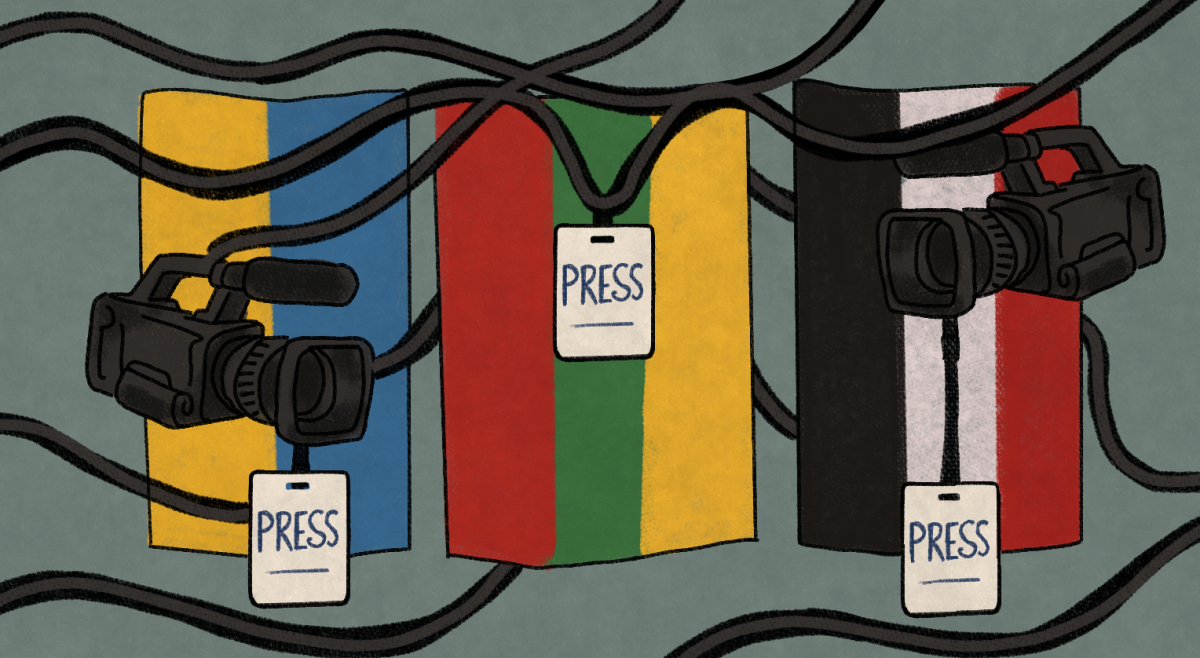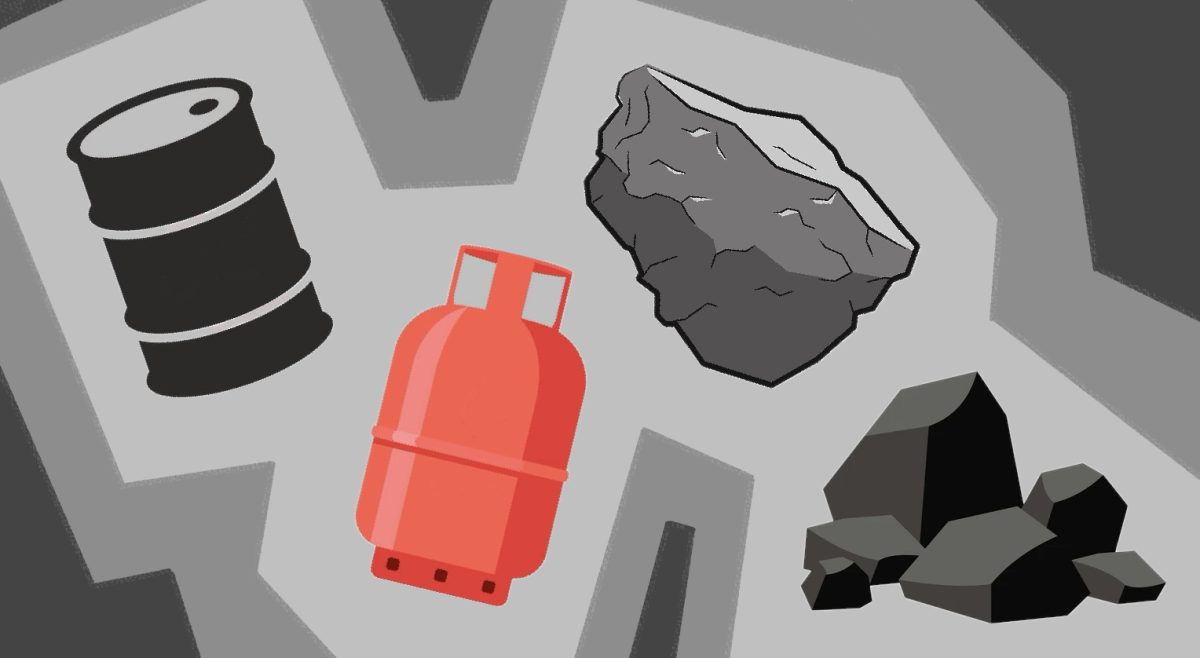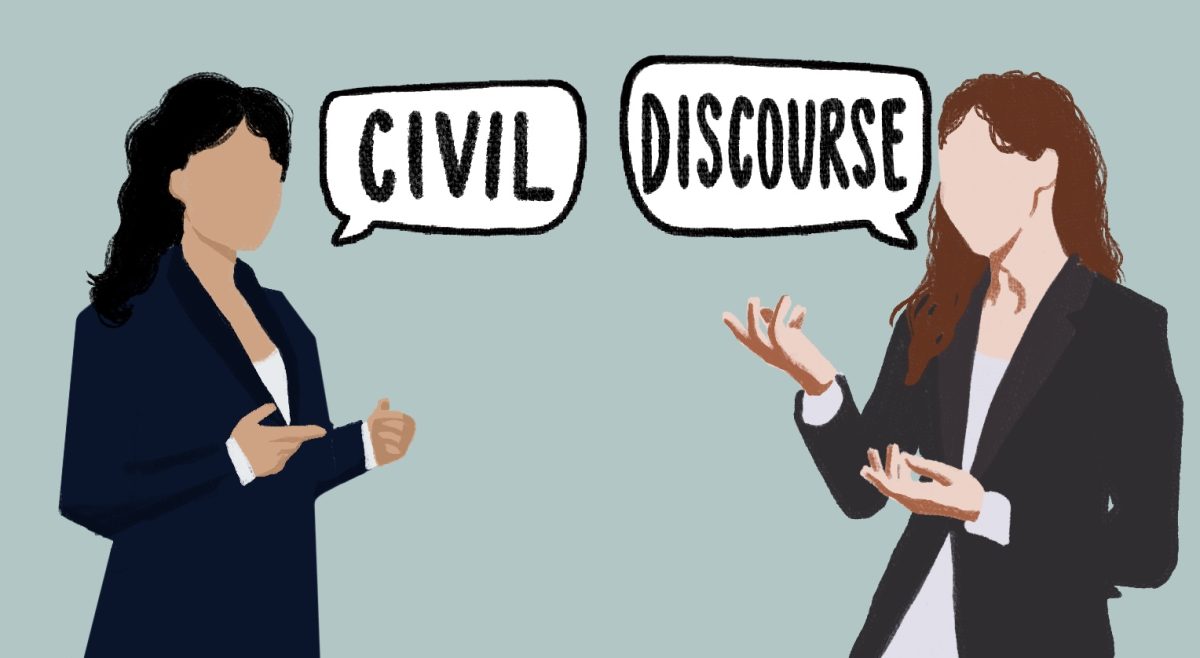If I say I’m “15 minutes away,” would you assume I mean by car, on foot, or by public transportation?
I asked my friends this question. The unanimous response was: “15 minutes away by car!”
Since I moved to the United States, I’ve noticed that, when discussing travel time, it’s generally assumed to be by car. Back in Paris, it varied. People usually have to specify by what—car, bike, metro, or walking.
The United States is a car-centric country, with its sprawling cities and inefficient public transportation in many regions. Urban planning also reflects this, as cities are built around massive highways. In Paris, however, public transportation is the primary mode of transportation. Instead of highways, there’s an extensive metro and bus system.
A few weeks ago, I was planning to go to Fenway Park with my friends. When we checked our route options, it said it would take 45 minutes by the T—yet only 20 minutes to drive. In Paris, it takes around 20 minutes to drive from the Louvre to Notre-Dame but only 10 minutes by the metro. The Metro is sometimes more efficient than cars in Paris because it lacks large roads and has car restrictions.
To be fair, the speed of the T depends on the line. The Green Line is notably slower than the Red Line. The Boston area is also quite spread out—stretching from Cambridge to Brookline to the North End—and it is 20 square kilometers larger than Paris. While Boston has a relatively strong public transportation system compared to other American cities, it is still less extensive and efficient than “Le Métro.”
Last Friday, I rode the Green Line with my friend from California. During our seemingly never-ending ride to Government Center, my friend shared that it was her first time using public transportation. She said it felt too unsafe where she grew up, though Boston’s public transportation felt safer. She explained that in her hometown, teens typically drive to school and friends’ houses, and it’s normal to get your license—and start using it regularly—at 16 .
In contrast, I grew up relying on public transportation. In Paris, you can only get your license once you’re 17, but it is not the norm to obtain it. I took the public bus to school and the metro to get around the city. I have been riding the Parish Métro on my own for at least six years—and I have yet to witness a pickpocket.
The United States’ car-centric culture encourages people to think of commuting solely only as getting from Point A to Point B. The focus is solely on making it to the final destination, leaving little time to appreciate the things along the way. In France, we use the word “flâner” to describe the act of walking without a goal and appreciating the little things along the way. These aimless walks enhance our curiosity and move our bodies. They’re part of Parisian culture.
This difference in how we interpret “15 minutes away” reveals more than you might expect. The place where you grew up affects your attitude and assumptions about everything, including how you move through a city. Positive attitudes toward public transport are more common in Paris and other European cities, but far less so in the majority of US cities.
To fix this, I suggest you go “flâner”! It will widen your curiosity—and, besides, fresh air is good for the brain.








